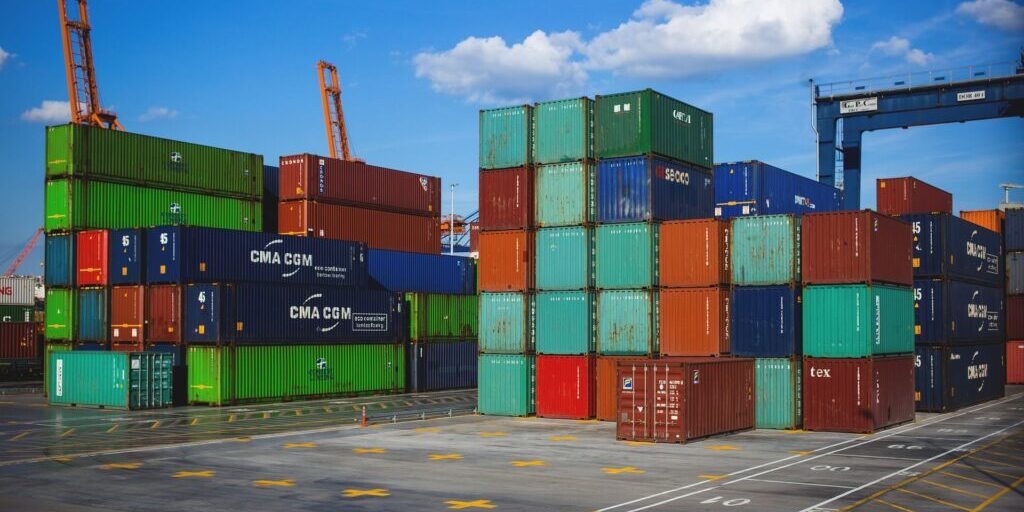
Once upon a time, it was simple to calculate your expected shipping costs. All you needed to know is the exact weight of your goods and the estimated distance they need to travel. A simple formula would give you an accurate estimate of the shipping costs.
This method of calculating shipping costs didn’t account for other factors, such as the amount of storage space your goods will take in the courier’s vehicle. If you’re shipping a large box, you’re consuming more space and leaving less for other goods. With the shipping industry becoming increasingly demanding in the last decade, this became an important factor to consider.
Dimensional Weight Pricing
Carriers introduced a new formula for calculating shipping rates called dimensional weight pricing. If you sell goods online or happen to ship goods for any other reason, you have likely encountered dimensional weight pricing. This form of pricing enables shipping companies to accurately quote shipments that are larger in dimension, but smaller in weight.
Now, you must consider the amount of space your package will take up in a vehicle or shipping container. For example, a microwave may be lighter than a car battery, but it has larger dimensions. As a result, the microwave may cost more to ship.
Flat rate boxes are the most common way customers choose to dispatch packages but not always feasible. For example, your package may be bigger than the dimensions of a standard shipping box. In which case, dimensional weight pricing may be required for an accurate quote.
Factors that affect shipping costs, and what they include
Shipment weight and dimensions
Many shipping couriers provide options for flat rate boxes that they charge a fixed cost for. As long as your goods within them, you’re in the clear! But, if your package can’t fit into a flat rate box, you’ll have to look at other options that may involve dimensional weight.
Dimensional weight is a pricing technique that factors an estimated weight calculated from a package’s length, height, and width. You can calculate it by multiplying the length, width, and height, then dividing what you get by a standard divisor or DIM factor. Postal carriers handling massive volumes often have a higher DIM factor, which decreases the dimensional weight, while smaller courier companies use a lower DIM factor, which leads to a higher dimensional weight.
Most shipping carriers will calculate their rates based on which weight is greater; the actual or the dimensional weight. Hence, the bigger and heavier a package is, the more it costs to ship it.
If you need to a ship an item to the Dominican Republic and it won’t fit in one of our flat rate options, contact us to get an accurate quote. Be sure to have the dimensions and weight of your shipment ready.
Destination
The distance your package will travel also affects your shipping rate. Couriers often divide countries and regions around the globe into different zones for domestic and international shipping, and these zones are designated an alphabetical or numerical value.
Couriers use these zones to calculate the distance between a package’s point of origin and its destination. Hence, the higher the shipping zone, the more costly it’ll be to ship a package. Shipping goods from one province to another within Canada will be much less expensive than shipping from Canada to another country, e.g., the Dominican Republic.
Value of package contents
Most carriers offer coverage for $100 worth of products without any payment. But, if your package exceeds that value.
Delivery times
Usual shipping times are 4-5 weeks from container departure from the main warehouse.
Unforeseen issues
Unexpected situations can lead to extra surcharges, e.g., if you enter the wrong address and need to correct it later or if the carrier decides to split a shipment into multiple packages. You can’t predict the future, so it’s necessary to set aside an additional budget in case of emergencies.
How to keep costs low
Finding the smallest and most efficient packaging for what you want to ship is the main way to keep costs as low as possible, but you should still consider the other factors we mentioned.
You may also negotiate discounted rates with your carrier, especially if you’re shipping a high volume of goods. Such negotiations can be tricky, so it’s advisable to hire a third-party logistics provider to help you.







